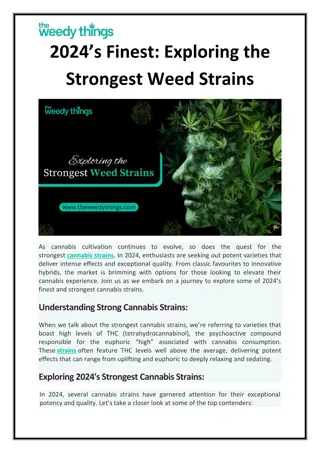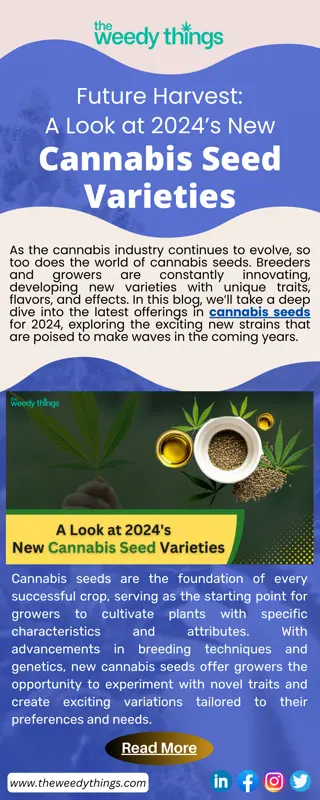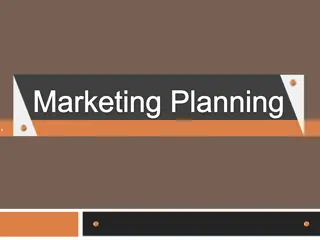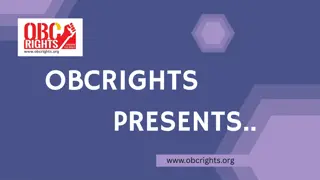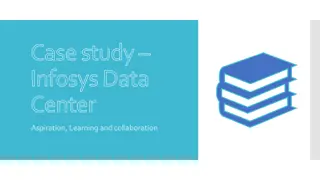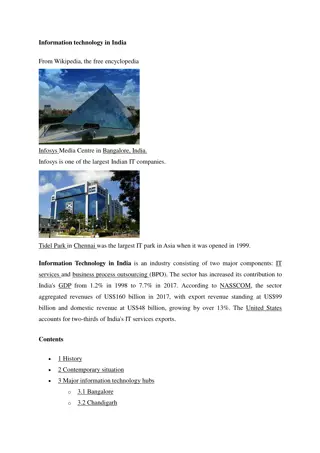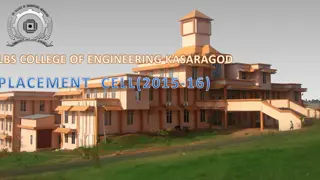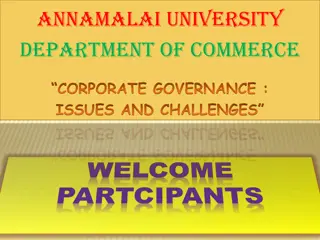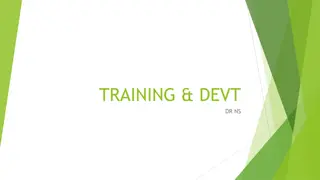
Evolution of Integrated Information Systems in Business
Explore the rapid evolution and integration of information systems in business, from early operations to modern integrated systems. Learn about the impact of technology advancements and the importance of functional integration for efficient business operations.
Download Presentation

Please find below an Image/Link to download the presentation.
The content on the website is provided AS IS for your information and personal use only. It may not be sold, licensed, or shared on other websites without obtaining consent from the author. If you encounter any issues during the download, it is possible that the publisher has removed the file from their server.
You are allowed to download the files provided on this website for personal or commercial use, subject to the condition that they are used lawfully. All files are the property of their respective owners.
The content on the website is provided AS IS for your information and personal use only. It may not be sold, licensed, or shared on other websites without obtaining consent from the author.
E N D
Presentation Transcript
9 Information Systems: Integration of Functions CYCU Prof. CK Farn mailto: ckfarn@gmail.com http://www.mgt.ncu.edu.tw/~ckfarn/cycu 2024.05
Rapid improvement of IT Computers (Mainframe) + time sharing + direct access storage devices + personal computers + networking + Internet + Wifi + mobile networks + display+ printing+ GPS + IoT, Big Data, AI CYCY Prof CK Farn 2
Applications of IT in Businesses Tech. Innovation Internet Cloud computing Mobile business 5G, IoT, AI, BigData 1995 Integration Computers eC Database Telecoms B2C EC Data Decision Support DSS/EIS Online Trans. OLTP eBusiness EB XXX 4.0 Processing DP/EDP MIS ERP 50s 60s 80s 90s 00s 70s Data Analysis New Business Models Decision Models Business Transformation POM, Fin., BPR New Concepts CYCY Prof CK Farn 3
Typical Information Systems MRP (Material Requirement Planning) ERP (Enterprise Resource Planning) Replacing MRP CRM (Customer Relationship Management) Sales management CDP: customer data platform SCM (Supply Chain Management) PDM (Product Data Management) SFC (Shop Floor Control) CYCY Prof CK Farn 4
Evolution of IT Applications Internal External Operational Strategic Independent Integration Opportunity Investment CYCY Prof CK Farn 5
Operations of early businesses Production Delivery Procurement Materials Sales One or two individuals take care of all CYCY Prof CK Farn 6
Delivery Production Procurement Materials Sales obstacle CYCY Prof CK Farn 7
Early Information Systems Input Production Sales Delivery Output Lack of cross functional integration CYCY Prof CK Farn 8
Integrated Systems Input SalesProductionDelivery Output Functional Integration CYCY Prof CK Farn 9
Internal Functions Production Mgt Material Mgt Delivery Mgt Obstacle CYCY Prof CK Farn 10
Ideal ERP: Internal Functions Delivery Management Production Management Material Resources Obstacle Obstacle CYCY Prof CK Farn 11
Integration of Systems E-Commerce ( ) SFA ( ) CRM ( ) EDI( ) E-Business ( ) Planning( ) Scheduling( ) Distribution( ) ESCM SCM ( ) ( ) MRP MRP( ) ( ) EERP Payroll( ) HR( ) ( ) ERP ( ) GL( ) AP( ) AR( ) 1970 * HP FMIS( ) 1980 1990 2000 CYCY Prof CK Farn 12
E-Business Integration E-Business Customer CRM Supplier ERP SCM E-Commerce CRM: Customer Relationship Management) SCM: Supply Chain Management) CYCY Prof CK Farn 13
Typical Information Systems MRP (Material Requirement Planning) ERP (Enterprise Resource Planning) Replacing MRP CRM (Customer Relationship Management) Sales management CDP: customer data platform SCM (Supply Chain Management) PDM (Product Data Management) SFC (Shop Floor Control) CYCY Prof CK Farn 14
Why Information Systems Efficiency Man power replacement Faster response time: shorter lead time Visibility and communications Intra-function Inter-functions Inter-companies Process reengineering Disintermediation and reintermediation Redefinition of business operations CYCY Prof CK Farn 15
Example: Changes in Channels Physical stores eCommerce Independent online channels multi-channel Physical and On-line (mobile) channels at the same time Mutually independent O2O On-line to Off-line Omni-Channel Improving the customer experience with anywhere, anytime, any way access to information. Fully integrated services CYCY Prof CK Farn 16

